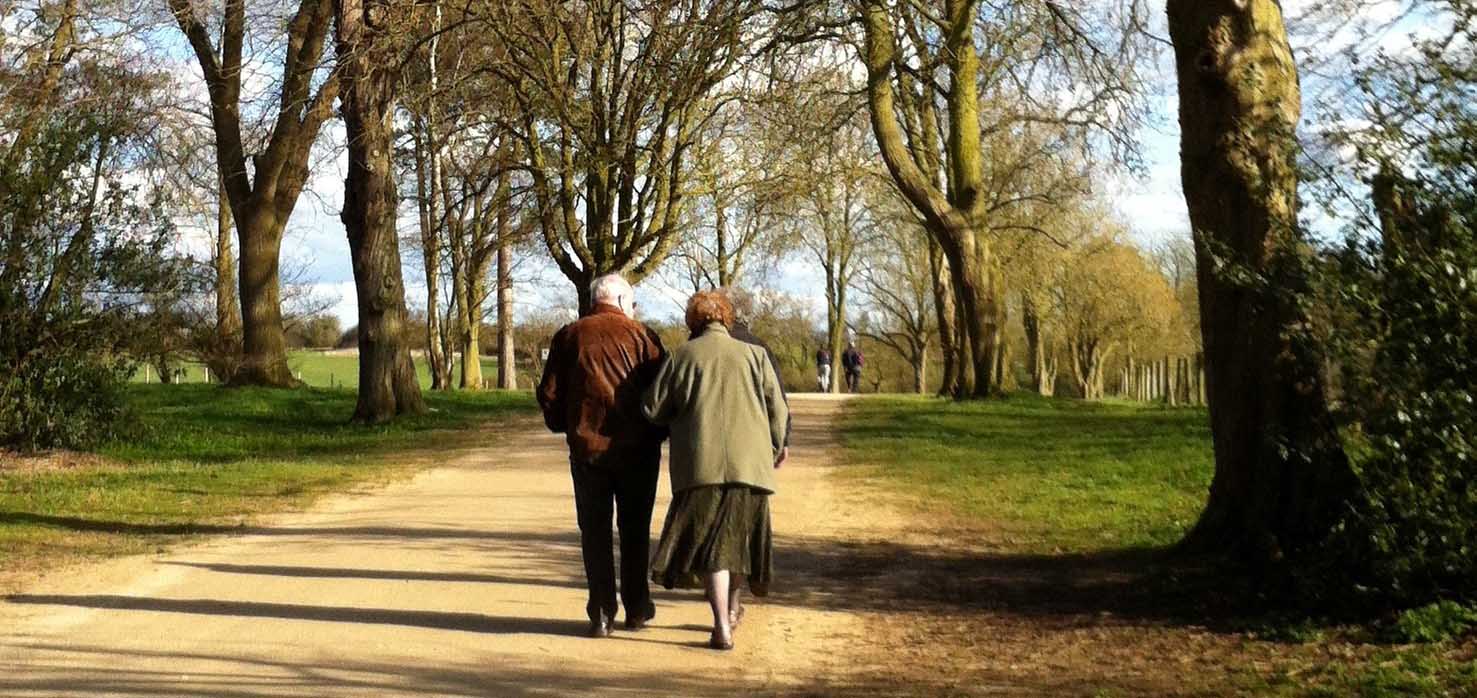People Who Live in Areas with More Green Space Have a Slower Physical Decline
Surrounding residential greenness and proximity to natural spaces is associated with a slower decline in walking speed
12.12.2018
A new study led by the Barcelona Institute for Global Health (ISGlobal), a center supported by the ”la Caixa” Foundation, has added new evidence to the list of beneficial effects of green space . A paper published in Environment International concludes that having more green spaces near home or living closer to natural environments contribute to better physical capacity at older ages.
The goal of this research was to assess for the first time the relationship between the natural environment and the decline in physical functioning in older adults. To do so, the team recruited more than 5,700 participants from the Whitehall II cohort in the UK , who were invited to take part in three follow-ups during a 10 year period (2002-2013). Participants were aged 50 to 74 years at the beginning of the study. Among the data collected from them were the surrounding greenness around each participant's address and the distance from home to the nearest natural environment (both green and blue spaces). Greenness was estimated using satellite images and distance to the nearest natural environment using a land use map. To assess physical capacity, the participants took a walking speed and a grip strength test.
The data analysis showed that people who live in neighborhoods with more green spaces or closer to natural environments have a slower decline in walking speed. More specifically, participants living in the areas with the highest green space had a 6% to 7,5% slower decline in walking speed over 5 years compared to the participants living in areas with the lowest green space.
“Green space was only associated with a small difference in the decline in physical functioning at individual level. However, as physical capacity is one of the main aspects of healthy ageing, this difference can represent important benefits on population level”, says Carmen de Keijzer, ISGlobal researcher and first author of the study.
The results also show that people who lived in areas with more greenness at the beginning of the study had more grip strength. However, they did not show a slower decline in this upper body function over the whole study period.
Exposure to natural environments has been associated to better mental health, self-perceived general health and lower risk of morbidity and mortality in previous studies. One of the factors that may explain these relationships are the social interactions. “ Greener neighborhoods are known to foster social cohesion and social support . In our study we see that social life is one of the mediators that may contribute to the association between residential green space and slower decline in walking speed”, Carmen de Keijzer explains.
“This study contributes to the growing evidence about the health benefits of green space and natural environments and provides one more argument on how greener cities are also healthier cities, especially by considering the ageing population in our rapidly urbanizing world”, states Payam Dadvand, ISGlobal researcher and last author of the study.
Reference
Carmen de Keijzer, Cathryn Tonne, Séverine Sabia, Xavier Basagaña, Antònia Valentín, Archana Singh-Manoux, Josep Maria Antó, Jordi Alonso, Mark J. Nieuwenhuijsen, Jordi Sunyer, Payam Dadvand. Green and blue spaces and physical functioning in older adults: Longitudinal analyses of the Whitehall II study. Environ Int. In Press, Corrected Proof, Available online 29 November 2018 https://doi.org/10.1016/j.envint.2018.11.046



